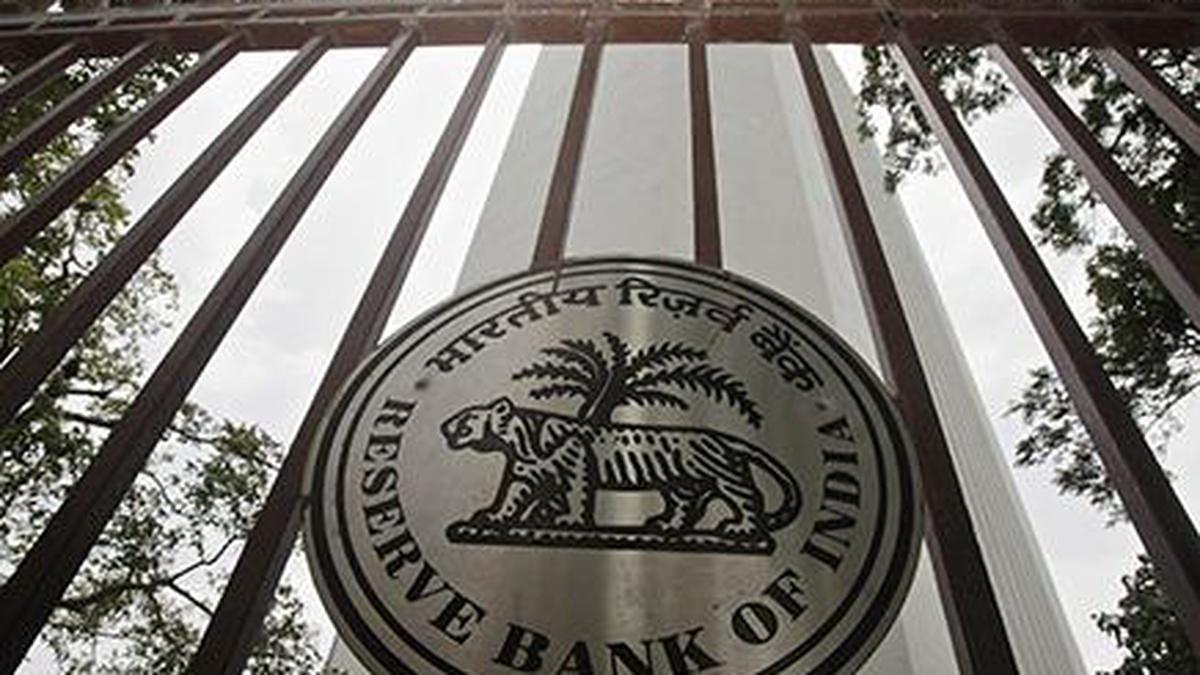SEBI’s Regulatory Framework for Stock Brokers: Compliance Guidelines for Market Intermediaries
Introduction
The Securities and Exchange Board of India’s (SEBI) Master Circular on Stock Brokers and Sub-Brokers consolidates various regulatory provisions governing these critical market intermediaries. This framework establishes comprehensive guidelines for registration, operations, risk management, and investor protection to ensure market integrity and safeguard investor interests in India’s securities markets.
What is the Stock Brokers Regulatory Framework?
SEBI’s regulatory framework for stock brokers outlines the structural, operational, and compliance requirements for entities facilitating securities trading in recognized stock exchanges. It covers the entire lifecycle from registration to operations, supervision, and potential disciplinary actions, establishing standardized practices across different market segments.
Why is Stock Broker Regulation Required?
- Ensures fair and transparent dealings in securities markets
- Protects investors from fraud, misrepresentation, and other market abuses
- Maintains market integrity through standardized practices
- Establishes accountability for market intermediaries
- Promotes investor confidence in market mechanisms
Key Requirements Under the Stock Broker Regulations
Registration and Eligibility
- Registration process and documentation requirements
- Fit and proper criteria for key personnel
- Net worth requirements based on market segments
- Infrastructure and personnel adequacy assessments
- Continuing compliance obligations
Operational Requirements
- Contract note issuance and format standards
- Order execution and allocation policy
- Unique Client Code (UCC) assignment
- Client funds and securities handling
- Margin collection and reporting
Risk Management Framework
- Capital adequacy norms and monitoring
- Exposure and position limits management
- Risk-based supervision framework
- Margin requirement compliance
- Client-level risk monitoring
Client Relationship and Documentation
- Know Your Client (KYC) procedures
- Rights and Obligations document
- Risk Disclosure Document
- Guidance Note for investors
- Running account authorization process
Books and Records Maintenance
- Transaction records retention (minimum 5 years)
- Client communication records
- Order logs and trade confirmations
- Financial records and audit trails
- Complaint registers and resolution records
Investor Grievance Redressal
- Designated investor grievance email IDs
- Complaint resolution timelines
- Escalation mechanisms
- Reporting requirements to exchanges
- Investor service quality measurements
Technology and Cybersecurity
- Trading system requirements
- Disaster recovery and business continuity
- Information security management
- API security and algorithmic trading controls
- System audit requirements
Specific Requirements by Market Segment
Equity Cash Market
- Basic compliance framework
- T+2 settlement cycle compliance
- Trading member-only requirements
- Retail investor protection measures
Equity Derivatives Market
- Enhanced risk management requirements
- Position limit monitoring
- Option assignment procedures
- Risk disclosure specific to derivatives
Debt Market
- Specialized knowledge requirements
- Credit risk assessment capabilities
- Reporting requirements for OTC transactions
- Settlement discipline for debt securities
Commodity Derivatives Market
- Physical delivery handling protocols
- Position limits monitoring for commodities
- Specialized risk management for volatility
- Delivery and warehousing documentation
Penalties for Non-Compliance
- Monetary penalties up to ₹1 crore or specified multiples
- Suspension or cancellation of registration
- Prohibition from taking new clients
- Public notices on non-compliance
- Legal proceedings for serious violations
Recent Updates and Amendments
- Account settlement frequency changes
- Peak margin reporting requirements
- Pledge/re-pledge mechanism for securities
- Upfront margin collection mandates
- Enhanced supervision guidelines
Industry Best Practices
- Advanced pre-trade risk checks
- Client education initiatives
- Real-time compliance monitoring systems
- Enhanced due diligence for high-risk clients
- Comprehensive staff training programs
Conclusion
SEBI’s regulatory framework for stock brokers strikes a balance between facilitating market efficiency and ensuring adequate investor protection. As markets evolve with technological innovations and new product offerings, brokers who incorporate regulatory compliance into their core business strategy rather than treating it as an add-on function will be better positioned to build sustainable businesses and contribute to robust market development.














